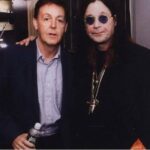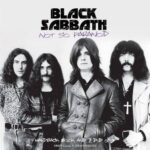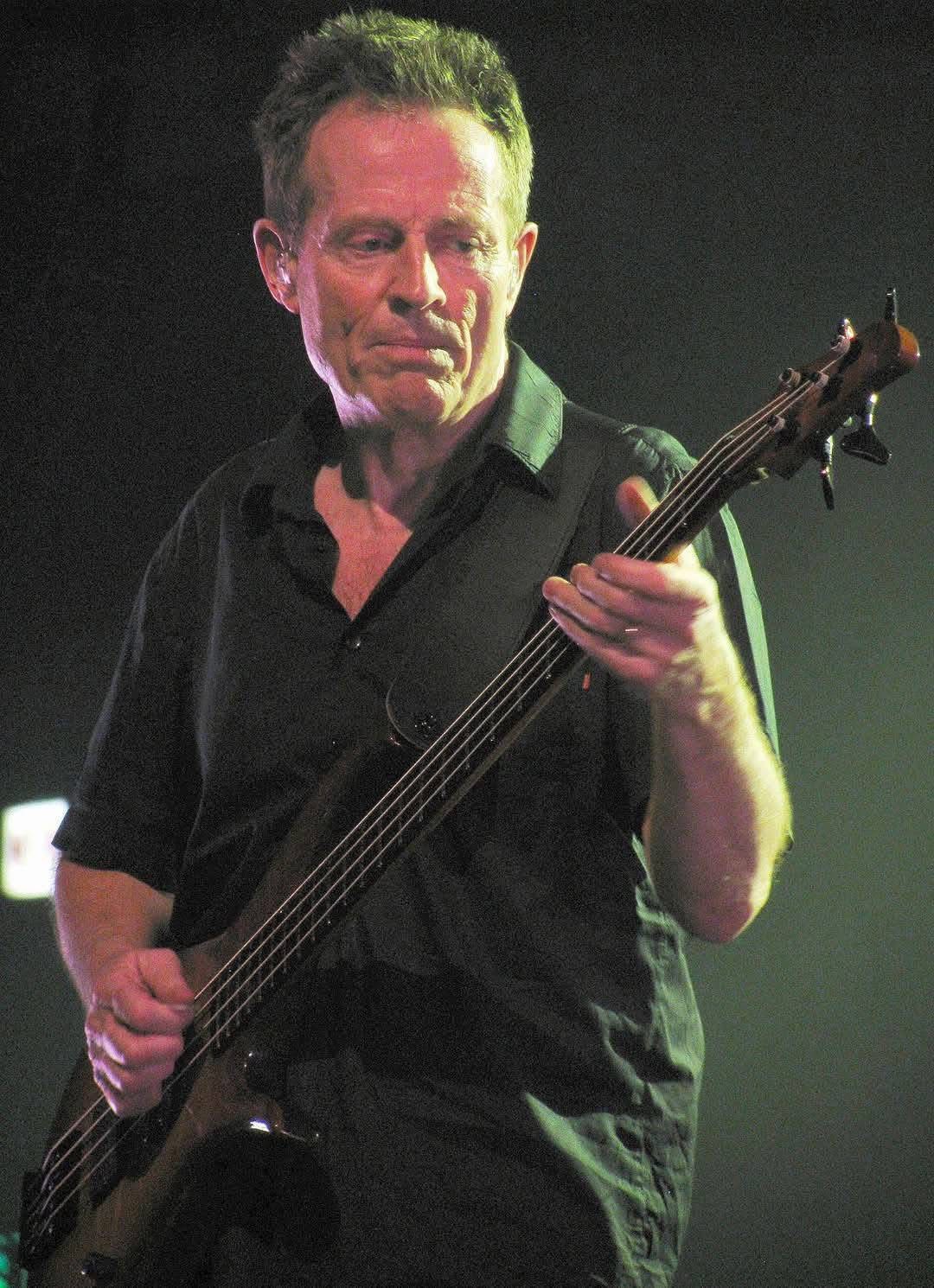John Paul Jones: Led Zeppelin’s Unsung Powerhouse
While Robert Plant commanded the spotlight and Jimmy Page set the stage ablaze with his guitar, John Paul Jones worked in the shadows—crafting the soundscapes that gave Led Zeppelin its depth and dimension. As both bassist and keyboardist, Jones was the band’s ultimate utility player, adding richness, nuance, and surprise to nearly every track. From the hypnotic bassline of “Dazed and Confused” to the haunting piano in “No Quarter,” his fingerprints are everywhere.
Long before Zeppelin, Jones had already built an impressive résumé as a session musician and arranger, working with legends like The Rolling Stones, Donovan, and Dusty Springfield. That background shaped his musical fluency and proved essential to Zeppelin’s most adventurous sonic explorations. His influence helped push the band beyond the confines of hard rock into something more expansive and enduring.
While his bandmates often embraced the limelight, Jones was a master of subtlety—content to let his instruments speak volumes. But when he did step forward, the results were unforgettable: cathedral-like organ swells, delicate mandolin work on “Going to California,” and those endlessly inventive bass grooves. His versatility became the band’s secret weapon.
Even after Led Zeppelin’s end, Jones remained a restless creator, composing for film, collaborating across genres, and never losing his sense of musical curiosity.
John Paul Jones may not be the first name people associate with Led Zeppelin—but perhaps he should be. He was the sonic architect, the quiet force behind the thunder. Without him, Led Zeppelin might never have taken flight.










